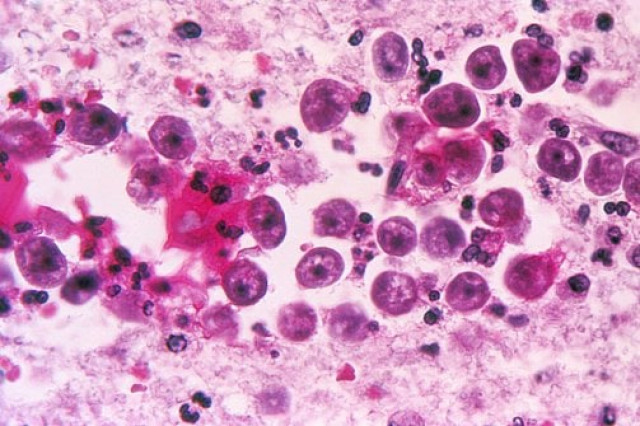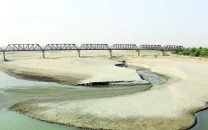Better safe than sorry: Return of Naegleria alerts water board
Experts share different methods to fight the virus

STOCK PHOTO
Zahid Khan, a resident of Noor Muhammad Goth, Gadap Town, was diagnosed with the ‘brain eating amoeba’ virus after various tests. His attendants brought the water sample from his house and the mosque where he regularly went to pray but no traces of Naegleria were found in the samples.
It was speculated that Khan might have been infected from other sources of water as he worked as a construction worker on different sites.
The incident put Karachi Water and Sewerage Board (KWSB) and other officials on alert to ensure that the virus claims no further live. Karachi commissioner Ejaz Ahmed Khan also directed the water board to add required level of chlorine in the water being supplied to the residents of the metropolis.
Preventive measures
According to an international water technologist Dr Ahsan Siddiqui, Naegleria is a ‘brain eating amoeba,’ which exists in unconscious state in 23 to 25 degrees Celsius. However, its activity increases with rising temperatures.
At 39 degree Celsius, its activity is the maximum, he pointed out. Water storage tanks which are underground or fiberglass overhead tanks don’t allow water to evaporate which results in increase in temperature, he said.
According to Siddiqui the best way to avoid Naegleria is by using oxidising agent, which results in decreasing the amount of oxygen level in water to less than 12 milligrammes (the amount necessary for any living organism in water).
“Sodium pentachloro phenol is the best oxidising agent for killing all types of bacteria in water for drinking purpose,” he said. Other options include chlorine gas which is induced through a chlorinator.
The third and the most easily available option is using sodium hypochlorite commonly known as liquid bleach.
Chlorination of water
“The trend of using storage tanks for water lessens the effectiveness of chlorination” said Karachi Water and Sewerage Board (KWSB) focal person on Naegleria Azam Khan.
He added that the chlorine induced into the water from the filter plants of KWSB gets consumed within a day which poses a great risk for the residents of Karachi.
According to him, the water board injects chlorine into the water from the six points identified as Gharo filter plant, Pipri filter plant, Central Ordinance Depot filter plant, North East Karachi-I, North East Karachi-II and Hub Pumping filter plant.
He further added that in order to enhance the chlorine level the water board adds sodium hypochlorite at different spots if the officials feel the level of chlorine is diluted.
On average, 180 cylinders of chlorine are used on daily basis. In summers, the amount is raised to 200 cylinders, he pointed out.
Published in The Express Tribune, July 3rd, 2016.



















COMMENTS
Comments are moderated and generally will be posted if they are on-topic and not abusive.
For more information, please see our Comments FAQ